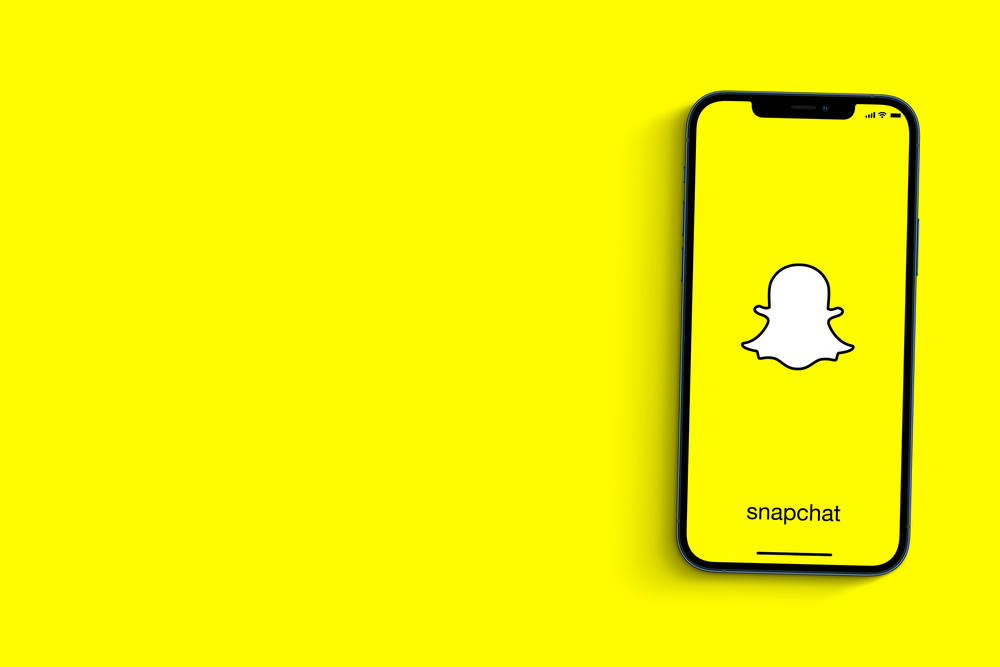Snapchat is a popular social media platform that allows users to share images and short videos with friends and followers. In recent years, Snapchat has become a popular marketing tool for top brands, thanks to its engaged user base and unique features. Now, with the integration of Ray Tracing technology, the conversation rates for these top brands have increased by 94%.

What is Ray Tracing Technology?
Ray Tracing is a technique used in computer graphics to simulate the behavior of light in a virtual environment. This technology creates more realistic lighting effects, shadows, and reflections in digital images, making them look more lifelike and appealing to the eye.
The Impact of Ray Tracing on Snapchat
Snapchat has recently integrated Ray Tracing technology into its platform, allowing top brands to create more immersive and realistic advertisements for their audiences. This technology has been particularly effective in the beauty, fashion, and automotive industries, where the visual appeal of products is crucial to driving sales.
Benefits of Ray Tracing Technology on Snapchat
Ray Tracing technology has several benefits for brands advertising on Snapchat. It makes products look more lifelike and appealing to the eye, increasing the likelihood that users will engage with the advertisement and ultimately make a purchase. Additionally, this technology allows brands to create more realistic and immersive experiences for their audiences, driving brand loyalty and repeat business.
The Future of Ray Tracing on Social Media
With the success of Ray Tracing technology on Snapchat, it is likely that other social media platforms will soon follow suit. As more brands adopt this technology, we can expect to see even more immersive and engaging advertisements on social media platforms in the future.
Ray Tracing technology has had a significant impact on the conversation rates of top brands advertising on Snapchat, concludes NIXSolutions. Its ability to create more realistic and immersive experiences for audiences has resulted in a 94% increase in conversion rates. As this technology becomes more prevalent on social media platforms, we can expect to see even more engaging and innovative advertisements in the future.
